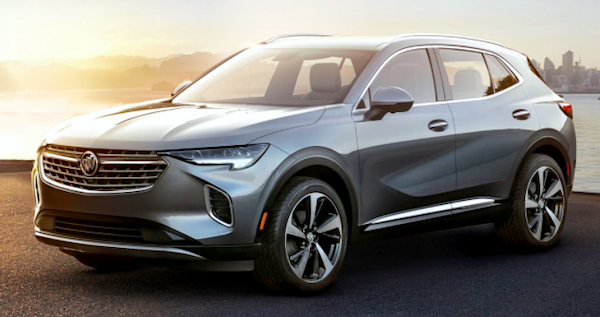Giugiaro Improves the Porsche 914

The upper image is a 1970 drawing of the Porsche Tapiro concept car by its designer, the famed Giorgetto Giugiaro . Its Wikipedia entry is here , and I wrote about it here . The lower photo is one I took of my 1971 Porsche 914 that I wrote about here . I wrote about the 914 design itself here . The Wikipedia entry for the Porsche 914 is here . The Tapiro was derived from the Porsche 914/6, the six cylinder Porsche-engined version of the 914 that otherwise was powered by a four-cylinder Volkswagen motor. The designs are strikingly different, so I thought readers might be interested in seeing them compared. Click on the images to enlarge. Gallery Side view of a Porsche 914/6, Mecum auction photo. Side view of the Tapiro. Diagram showing ket interior layout features and dimensions. Wheelbase lengths are identical, but the overall length of the Tapiro is 4060 mm whereas the 914's is 3985. The major difference is height, the 914 measuring 1230 mm and the Tapiro 1110 mm. A 1969






